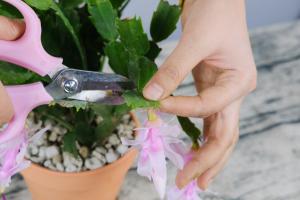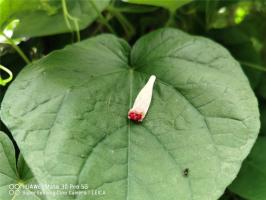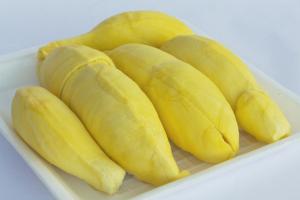Introduction
The mulberry tree is a popular plant in many parts of the world, and it has been cultivated for its fruit, leaves, and wood. However, in some areas, the mulberry tree has become an invasive species, which can cause problems for farmers, gardeners, and the environment. In this article, we will explore whether the mulberry tree is an invasive plant in NV, and what impact it has on the local ecosystem.
The mulberry tree in Nevada
Nevada is a state in the western United States, known for its deserts and mountains. The climate in Nevada is arid, with hot summers and cold winters. The mulberry tree is not native to Nevada, but it has been introduced to the state as an ornamental plant, and also for its use in feeding silkworms. There are several varieties of mulberry tree that grow in Nevada, including the white mulberry (Morus alba) and the black mulberry (Morus nigra).
The invasive potential of the mulberry tree
The mulberry tree has the potential to become an invasive species in Nevada, as it has in other parts of the world. Invasive species are plants, animals, or other organisms that are not native to an area, and which can cause harm to the local ecosystem. Invasive species can be harmful to native plants and animals, and can also affect human health and economic activities.
One of the reasons that the mulberry tree can become invasive is that it can reproduce quickly and easily. Mulberry trees produce large quantities of fruit, which are eaten by birds and other animals. The seeds are then spread through the environment, and can germinate and grow into new trees. This can lead to the formation of dense stands of mulberry trees, which can outcompete native plants and alter the local ecosystem.
The impact of the mulberry tree on the environment
The impact of the mulberry tree on the environment depends on several factors, including the location and density of the trees, and the presence of other invasive species. In some areas, the mulberry tree has been shown to have a negative impact on native plants, by outcompeting them for resources such as light, water, and nutrients. The shade produced by mulberry trees can also prevent the growth of other plants.
In addition, the mulberry tree can have an impact on the local wildlife. Birds and other animals that feed on the fruit of mulberry trees may be attracted to the area, which can lead to an increase in animal populations. This can have both positive and negative effects on the local ecosystem, depending on the species involved.
Control methods for the mulberry tree
If the mulberry tree is identified as an invasive species in a particular area, there are several control methods that can be used to manage its growth. One method is to physically remove the trees by cutting them down or uprooting them. This can be a labor-intensive process, and may need to be repeated over several years to be effective.
Another method of control is to use chemical herbicides to kill the trees. This method can be effective, but must be used carefully, as the herbicides can also harm other plants and animals in the area. It is important to follow the instructions provided by the manufacturer when using any form of herbicide.
Conclusion
The mulberry tree is not native to Nevada, and has the potential to become an invasive species in certain areas. While the impact of the mulberry tree on the environment can vary depending on the location and context, it is important to be aware of its potential to cause harm. If the mulberry tree is identified as an invasive species, there are several control methods available that can be used to manage its growth and protect the local ecosystem.

 how many times do yo...
how many times do yo... how many planted tre...
how many planted tre... how many pine trees ...
how many pine trees ... how many pecan trees...
how many pecan trees... how many plants comp...
how many plants comp... how many plants can ...
how many plants can ... how many plants and ...
how many plants and ... how many pepper plan...
how many pepper plan...






























